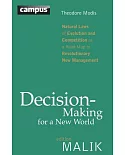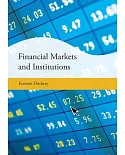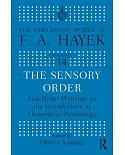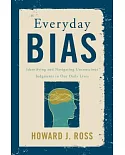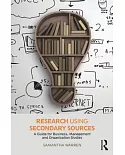"Home economics emerged at the turn of the twentieth century as a movement to train women to be more efficient household managers. At the same moment, American families began to consume many
more goods and services than they produced. To guide women in this transition, professional home economists had two major goals: to teach women to assume their new roles as modern consumers and
to communicate homemakers’ needs to manufacturers and political leaders. Carolyn M. Goldstein charts the development of the profession from its origins as an educational movement to its
identity as a source of consumer expertise in the interwar period to its virtual disappearance by the 1970s. Working for both business and government, home economists walked a fine line
betweeneducating and representing consumers while they shaped cultural expectations about consumer goods as well as the goods themselves. Goldstein looks beyond 1970s feminist scholarship that
dismissed home economics for its emphasis on domesticity to reveal the movement’s complexities, including the extent of its public impact and debates about home economists’ relationship to the
commercial marketplace. "--Provided by publisher.







